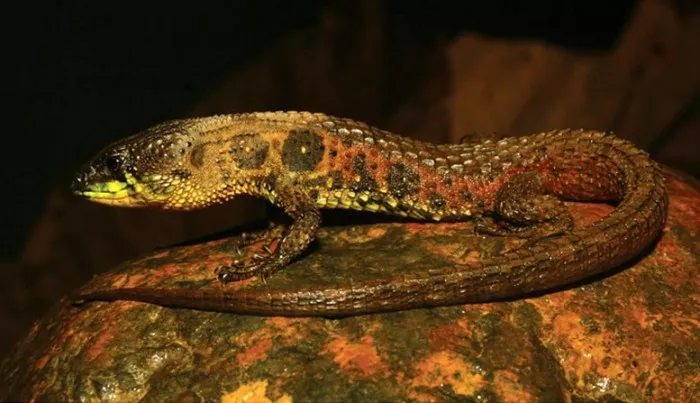In the iconic red list of endangered species published by the International Union for the conservation of nature (IUCN), species at risk of extinction are identified A new study has proposed a new machine learning tool to assess the risk of extinction, and then use this tool to show that reptiles that are not listed due to lack of assessment or data are more likely to be threatened than the assessed species

This study was conducted by Gabriel Henrique de Oliveira caetano and his colleagues from Ben Gurion University in Negev, Israel, and was published in PLoS Biology on May 26.
IUCN's red list of endangered species is the most comprehensive assessment of the risk of species extinction, and also provides a reference for protection policies and practices around the world. However, the process of species classification is time-consuming, laborious and biased. In addition, it also relies heavily on manual sorting by human experts. As a result, many animal species have not been evaluated or lack sufficient data, resulting in gaps in conservation measures.
In order to assess 4369 species of reptiles that previously could not be protected preferentially and develop accurate methods to assess the risk of extinction of fuzzy species, these scientists created a machine learning computer model. The model assigns the extinction risk category of the World Conservation Union (IUCN) to 40% of the reptiles in the world. These reptiles lack public assessment or are classified as "DD (insufficient data)" during research. The researchers verified the accuracy of the model and compared it with the risk classification in the red list.
The researchers found that the number of threatened species is much higher than that reflected in the IUCN Red List. Reptiles with "ne (not evaluated)" and data defects are more likely to be threatened than the evaluated species. Future research needs to better understand the specific factors of the extinction risk of threatened reptile groups, so as to obtain better data on obscure reptile groups and establish protection plans including newly identified threatened species.
The researchers said: "In general, our model predicts that the conservation status of reptiles is much worse than currently estimated, and immediate action must be taken to avoid the loss of reptile biodiversity. In the new assessment and conservation planning, more attention should be paid to the areas and taxa we have identified that may be more threatened. Finally, the methods we have proposed here can be easily implemented to help make up for other less well-known points Assessment gaps for groups. "
Shai Meiri, co-author of the research paper, added: "Importantly, the additional reptiles identified as threatened by our model are not randomly distributed around the world or on the reptile evolutionary tree. Our increased information emphasizes that there are more reptile species at risk - especially in Australia, Madagascar and the Amazon Basin - where reptile diversity is high and should be the target of additional conservation efforts. In addition, species rich groups For example, geckos and cobras may pose a greater threat than the global reptile assessment report currently emphasizes, and these groups should also become the focus of more protection work.
Uri roll, another co-author, added: "Our work may be very important to help the global efforts to give priority to the protection of endangered species -- for example, by using IUCN's red list mechanism. Our world is facing a biodiversity crisis and serious anthropogenic changes in ecosystems and species, but the funds allocated for protection are very limited. Therefore, the key is that we should use these limited funds where they can provide the greatest benefits. Advanced tools -- such as we here The tools used in the project, together with the accumulated data, can greatly reduce the time and cost required to assess the risk of extinction, thus paving the way for more informed protection decisions. "